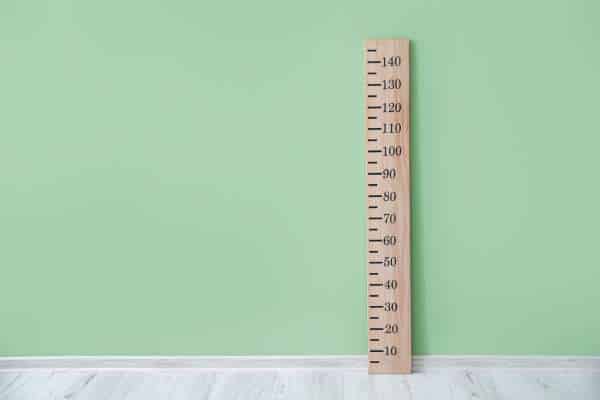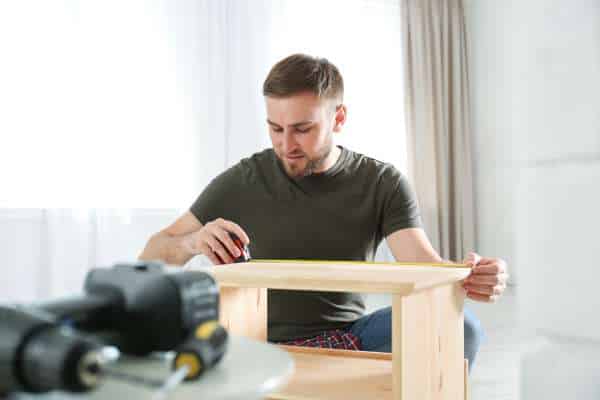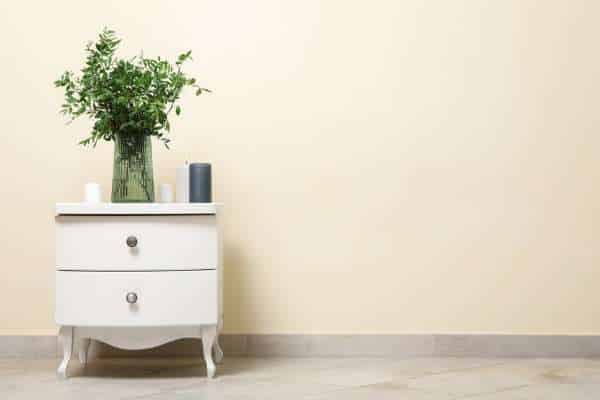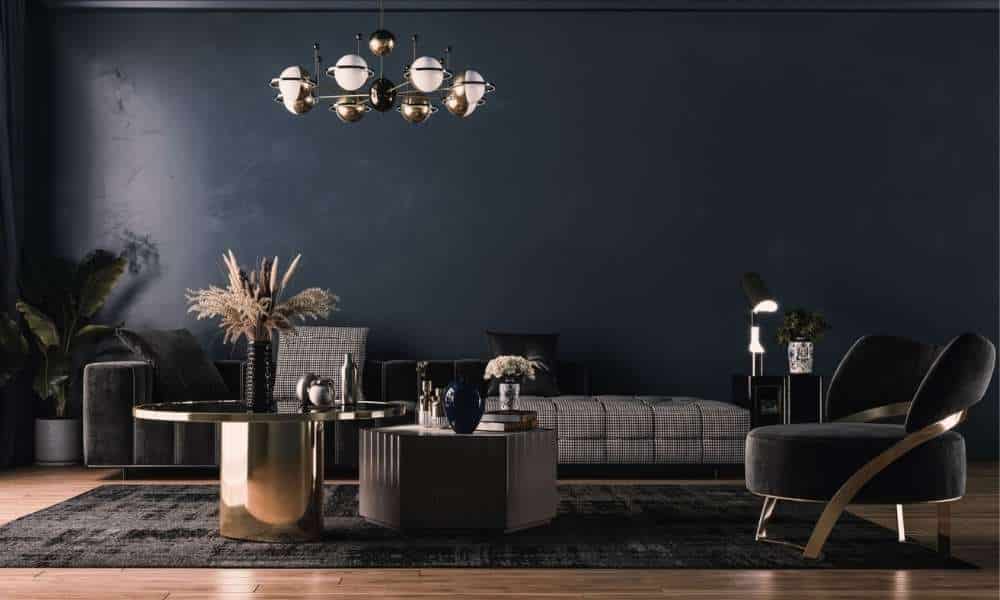Accurately measuring a nightstand is essential for ensuring it fits perfectly in your bedroom space. Whether you’re purchasing a new piece or fitting one into a specific spot, Knowing how to measure a nightstand correctly can save you time And Frustration. This process involves more than just a quick glance And A ruler; it requires attention to detail And The right tools. From height And Width to drawer And Shelf dimensions, Every aspect needs to be considered. By following a systematic approach, You can ensure your nightstands complement your room’s layout And Meet your functional needs. In this guide, We’ll walk you through each step to measure nightstands accurately, Ensuring a seamless addition to your bedroom furniture.
Using Digital Measuring Tools

Incorporating digital measuring tools can significantly enhance the accuracy And Ease of measuring nightstands. Tools like laser distance meters And Digital calipers provide precise measurements with minimal effort. A laser distance meter is especially useful for measuring height And Depth, Offering instant readings with a simple point-and-click operation. Digital calipers are ideal for measuring internal dimensions, Such as drawer depths, Ensuring precision down to the millimeter. These tools often come with digital displays, Making it easier to read And Record measurements accurately. Additionally, Many digital measuring tools allow you to save measurements, Which can be convenient if you need to compare multiple pieces of furniture or spaces. Using digital tools not only saves time but also reduces the likelihood of human error, Ensuring your nightstand measurements are as accurate as possible.
Clear The Area
Clearing the area around your nightstands is a crucial step before taking any measurements. Remove any items from the surface And Surroundings of the nightstands, Including lamps, Books, And decorative objects. This ensures that you have unobstructed access to all sides And Can measure accurately without any hindrance. It’s also helpful to clean the nightstand And wipe down surfaces to remove dust or debris that might interfere with your measurements. Ensuring a clear area allows you to maneuver your measuring tools freely And Get precise readings. If the nightstand is positioned against a wall or between other pieces of furniture, Consider moving it slightly to ensure you can measure the back And Sides accurately. Taking the time to clear the area thoroughly ensures that your measurements will be precise, Providing a reliable foundation for your furniture planning.
Measure The Height

Measuring the height of a nightstands is a straightforward but essential part of the process. Start by placing your tape measure at the bottom of the nightstand, Ensuring it is flush with the floor. Extend the tape measure vertically, Following the side of the nightstand, And Note the height at the highest point, Which is typically the top surface. If the nightstands has any additional features like a raised edge or decorative top, Include these in your measurement to get an accurate total height. For added precision, Use a level to ensure the nightstands is standing evenly, Which helps avoid skewed measurements. Record the height in your notepad, Double-checking to ensure accuracy. Measuring the height correctly is crucial, Especially if the nightstands needs to fit under a window sill or align with other furniture. Accurate height measurements ensure the nightstand will integrate seamlessly into your space without any unexpected issues.
Measure the Width

To accurately measure the width of a nightstand, Start by positioning it against a flat wall to avoid any discrepancies caused by uneven surfaces. Using a tape measure, Extend it horizontally from the outer edge of one side to the outer edge of the opposite side. Ensure the tape measure is level And Straight to get a precise reading. This measurement will give you the total width, Which is crucial for fitting the nightstands into a designated space. Remember to account for any molding or decorative elements that may add to the overall width. Measuring the width is essential when planning for room layout, Ensuring that the nightstands does not crowd other furniture or obstruct pathways. Accurate width measurements also help in selecting nightstands that match the proportions of your bed And Other bedroom furniture, Maintaining a balanced And Aesthetically pleasing setup.
Measure the Depth

Measuring the depth of a nightstands is just as important as measuring its width. To begin, Place the nightstand with its back against the wall. Using your tape measure, Start at the back of the nightstand And Extend it to the front edge, Ensuring that the tape measure remains level for an accurate measurement. The depth measurement is crucial for ensuring the nightstand does not extend too far into your room, Potentially disrupting movement or blocking access to other furniture. It’s also vital for matching the nightstands to the depth of your bed or other furniture, Creating a harmonious look in your bedroom. If the nightstand has any protruding handles or decorative features, Be sure to include these in your measurement to get the most precise depth. Accurate depth measurement guarantees a well-organized And Functional bedroom layout.
Measure Drawer Dimensions
Measuring the drawer dimensions of a nightstands is essential for understanding its storage capacity. Start by removing the drawer from the nightstand to get a clear And Unobstructed measurement. Using your tape measure, First measure the width of the drawer by extending the tape from one side to the other, Making sure to measure at the widest point. Next, Measure the depth of the drawer from the front edge to the back. Finally, Measure the height of the drawer from the bottom to the top edge. These measurements will help you determine what items can be stored in the drawer And How much space you have. Knowing the drawer dimensions is particularly important for those who plan to use the nightstands for specific storage needs, Such as holding books, Electronics, or personal items, Ensuring that it meets your functional requirements.
Measure Shelf Dimensions
If your nightstand includes shelves, Measuring their dimensions is crucial for maximizing storage And Functionality. To measure the shelf dimensions, Start by removing any items on the shelves to ensure you get an accurate reading. Using a tape measure, First measure the width of the shelf from one side to the other. Next, Measure the depth of the shelf from the front edge to the back. Finally, Measure the height between shelves if there are multiple tiers, To understand the vertical space available for storage. These measurements will help you determine what can be stored on the shelves And How to best utilize the space. Knowing the shelf dimensions is particularly useful for organizing items such as books, Decorative pieces, Or electronic devices, Ensuring that everything fits neatly And Is easily accessible. Accurate shelf measurements contribute to an organized And Functional nightstands setup.
Corner To Corner Measurement
When measuring a nightstand, One crucial aspect is the corner-to-corner measurement. This diagonal measurement helps ensure the piece is square And Fits well in your intended space. Start by measuring from one corner of the top surface to the opposite corner. Repeat this for the other two corners. If the measurements are the same, Your nightstands is square. This step is especially important for older or custom-made furniture, Which might not always adhere to perfect right angles. Accurate corner-to-corner measurements also help when you’re dealing with tight spaces or need to ensure the nightstands won’t wobble. By taking the time to measure diagonally, You can avoid potential issues with fit And Stability, Ensuring that your nightstand is not only aesthetically pleasing but also functional And Safe.
Measuring For Placement
Proper placement is key when it comes to integrating a nightstand into your bedroom. Start by identifying the exact spot where you want to place the nightstands. Measure the available space, Including the height, Width, And Depth, Ensuring you leave enough room for other furniture And Easy movement around the room. It’s also important to consider the surrounding features, Such as windows, Doors, And Electrical outlets, To ensure they won’t obstruct the nightstand’s placement. Additionally, Think about how the nightstand will be used; if you need space for a lamp, Clock, Or books, Ensure that the placement allows for easy access And Functionality. By carefully measuring for placement, You can ensure that your nightstand fits seamlessly into your bedroom, Providing both aesthetic appeal And Practical use.
Adjusting For Skirting Boards
When measuring a nightstand, Don’t overlook the impact of skirting boards, Also known as baseboards. These architectural details can affect how closely your nightstands can sit against the wall. To account for skirting boards, Measure their height And Depth-first. Then, Measure from the front edge of the skirting board to the wall. Subtract this measurement from the depth of your nightstand to ensure it will fit snugly without tilting or standing awkwardly. This step is particularly important for ensuring stability And Avoiding any gaps between the nightstand And The wall. Adjusting for skirting boards ensures that your nightstands is not only positioned correctly but also looks neat And Professionally placed, Enhancing the overall appearance of your bedroom setup.
Measure The Top Surface
Measuring the top surface of your nightstand is crucial for both aesthetic And Functional purposes. Begin by measuring the length And Width of the top surface. This is important if you plan to place items like lamps, Books, Or decorative pieces on the nightstand. Knowing the exact dimensions helps you choose accessories that fit well And Look balanced. Additionally, If the nightstands has any overhang or decorative edges, Make sure to include these in your measurements. This ensures that you account for the full surface area And Avoid any surprises when arranging your items. A well-measured top surface allows you to make the most of your nightstand’s space, Ensuring that it not only looks great but also serves its purpose effectively in your bedroom.
Measure The Leg Height
When measuring a nightstand, Start by determining the leg height. This is particularly important if your nightstand has legs that elevate it off the ground. To measure the leg height, Place the nightstand on a flat surface. Use a tape measure or a ruler, Starting from the floor up to the base of the nightstand’s body. Ensure the tape measure is vertical And Not slanted to get an accurate reading. Knowing the leg height is crucial, Especially if you want to ensure the nightstands aligns with the height of your bed or other furniture in the room. This measurement also affects the overall stability And Balance of the nightstand. If the legs are uneven, It could cause the nightstand to wobble or tilt, Which can be inconvenient And Unsafe. Therefore, Precise measurement of the leg height is an essential step in evaluating your nightstand.
Check For Level
After measuring the leg height, The next step in how to measure a nightstand is to check for level. Ensuring your nightstand is level is crucial for its functionality And Aesthetic appeal. To check for level, You will need a spirit level tool. Place the spirit level on the top surface of the nightstand. The bubble within the spirit level should sit between the two marked lines if the surface is level. If the bubble deviates, It indicates that the nightstand is not sitting evenly, Which could be due to uneven legs or an uneven floor. You might need to adjust the legs or place shims under the nightstand to correct this. A level best nightstands for small spaces ensures stability And Prevent items from sliding off or drawers from operating improperly. Regularly checking for level is also recommended, Especially if you move the nightstand or adjust its position.
Conclusion
Accurate measurement is essential for ensuring your nightstand fits well And Functions correctly in your space. By focusing on specific aspects such as leg height And Ensuring the nightstand is level, You can prevent common issues like wobbling or misalignment. These steps are part of a thorough approach to how to measure a nightstand, Ensuring every detail is accounted for. Proper measurements not only enhance the usability of the nightstands but also contribute to the overall harmony And Aesthetics of your bedroom. Taking the time to measure correctly can save you from future adjustments And Potential inconveniences, Making your living space more comfortable And Stylish.






